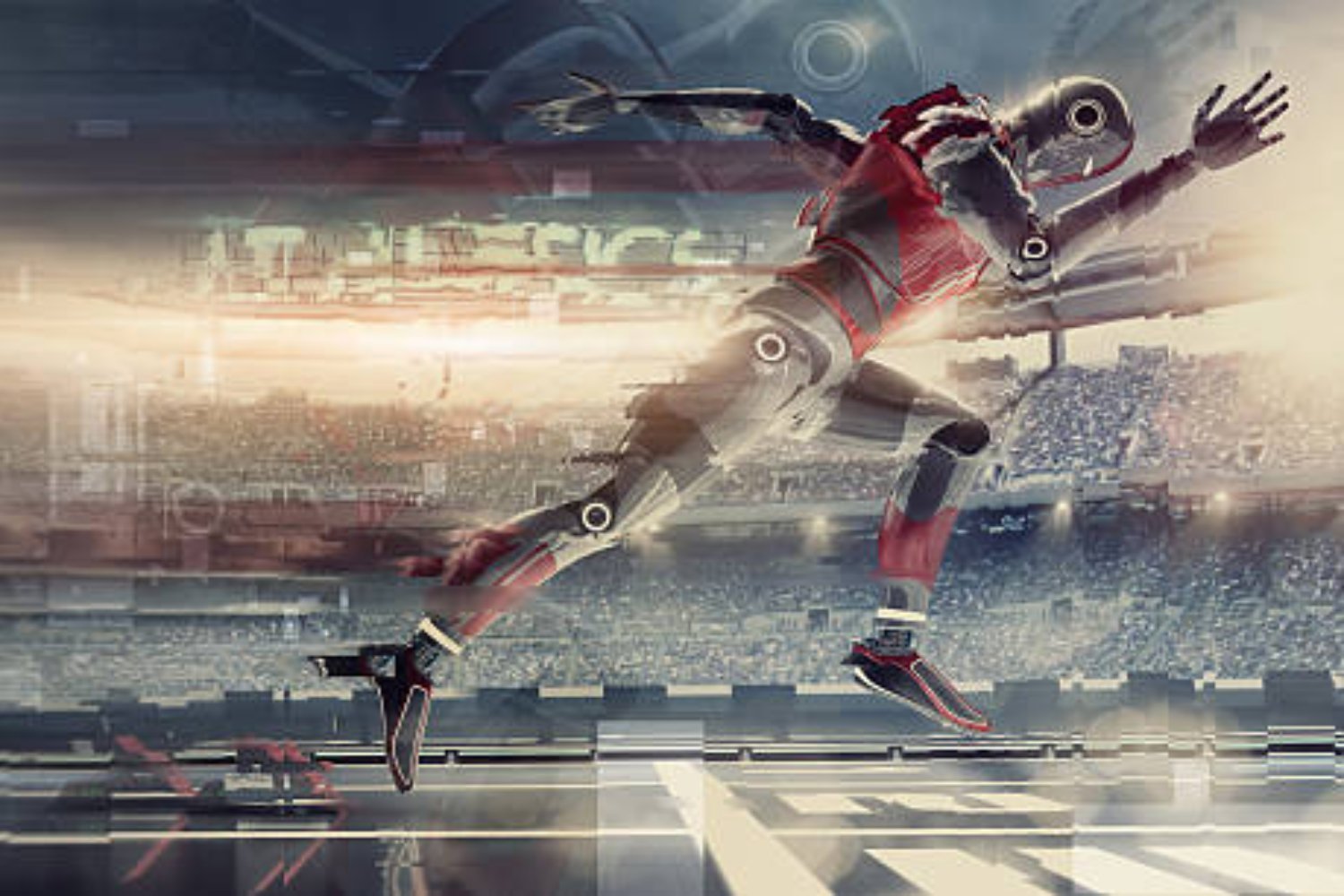Artificial Intelligence Emulating Human Movements with Unprecedented Accuracy

Motion capture has always been plagued by flaws that hinder the recreation of realistic human movements, including inaccuracies in gestures and incorrect interactions with objects. However, a new system called InterMimic aims to address these issues and enhance the integration between robots and the physical world. By leveraging advanced algorithms, InterMimic can learn, refine, and generate more natural movements, with applications spanning from robotics to digital animation.
A System that Perfects Motion Capture
InterMimic utilizes machine learning and physical simulations to improve the realism of interactions between humans and objects. One of the primary challenges in this field has been the inconsistency in motion capture data, leading to artificial simulations and inaccurate movements.
To combat this issue, InterMimic undergoes training with small datasets, corrects identified errors, and consolidates the knowledge into a student policy that learns from multiple refined examples. This iterative process enhances the quality of simulations, enabling the system to produce movements that adhere to the laws of physics and the contextual environment.
Furthermore, InterMimic has the capability to forecast future movements. Through its integration with kinematic generators, the system can generate new interactions autonomously, representing a crucial advancement in the realm of artificial intelligence applied to robotics and animation.
Error Correction and Simulation Improvements
One of the predominant challenges in motion capture is the lack of precision in hand-object contacts, which can result in animations looking unrealistic. InterMimic tackles this problem with two key innovations:
– Physical State Initialization (PSI): Instead of solely relying on captured data, the system selects initial states based on successful simulations from the past.
– Early Interaction Termination (IET): If a physically incorrect movement is detected (e.g., a hand passing through an object instead of grasping it), the simulation is halted, and the model is adjusted to prevent the error from recurring.
This approach empowers the system to learn from its mistakes and continually improve, leading to more realistic and functional interactions.
Applications in Robotics and Animation
InterMimic has showcased its potential across various domains. In robotics, it has been tested with the humanoid Unitree G1, enabling it to manipulate objects without manual adjustments, thereby advancing robot autonomy.
Moreover, this system can be integrated into graphic engines to elevate movement quality in video games and virtual reality experiences. Its ability to generate movements from text input adds to its versatility. For instance, by typing “lift a chair,” the system can produce an animation that accurately depicts the action.
While other advanced systems like PhysHOI and SkillMimic exist, InterMimic offers notable advantages, such as higher precision in mimicking human movements, automatic error correction in capture data, and generalization of movements without manual adjustments.
However, InterMimic still encounters challenges, particularly in executing extremely detailed movements like precise finger control when playing a musical instrument. To overcome this hurdle, the system needs to be trained with more diverse databases and develop finer algorithms to handle complex objects.
Is a new standard in the interaction between AI and the physical world?
InterMimic presents a significant advancement in the realm of motion capture, promising more realistic and natural movements with improved integration between robots and the physical environment. As it continues to evolve and address challenges, InterMimic may indeed set a new standard in the interaction between artificial intelligence and the physical world.
Advancements in Motion Simulation Technology
The introduction of this new technology marks a turning point in motion simulation, as it offers unprecedented accuracy in human gesture imitation. This breakthrough allows for a more realistic and precise simulation of human movements, revolutionizing the way robots are designed and controlled.
Implications for Future Technology
This system’s ability to correct errors in real time and learn from its mistakes positions it as a key tool in the development of more autonomous robots and more realistic digital simulations. As technology continues to advance, it raises the question of whether this system will be able to take the interaction between humans and machines to a completely new level.





